Are you looking for something new to freshen up your gym routine? Ae you tired of that same-old traditional single body-part split bodybuilding programme? Do you want to reach new heights in terms of both strength and size?
If you answered ‘yes’ to any of these questions then it may be time to try a new routine called power-building. This simple yet effective approach to weight training combines the lifting styles and structures of powerlifting and bodybuilding.
Blending training techniques into a better approach
The predominant lifts in powerlifting include the bench press, squat and deadlift, which are usually performed in the 3-6 rep range, while a traditional bodybuilding approach isolates muscle groups using a combination of volume and intensity in a general rep range of 8-15, to build muscle and shed fat.
Also known as power bodybuilding, power-building is a highly effective system to develop strength and size while not forgetting about aesthetics. Craig Norman, a Stellenbosch-based personal trainer, gym-owner, natural bodybuilding SANBA champion and a DNAFit-accredited fitness professional, is a staunch advocate of power-building. He explains that his approach is rooted in the idea that a strong bodybuilder is a big bodybuilder.
“I use this type of training to get my clients as strong as possible so that they can apply greater loads over time to build more muscle. The principles of progressive overload and periodisation applied to power-building programmes are also essential to develop strength and ensure adequate active recovery, which are concepts lost on most bodybuilders – it’s normally all or nothing, every day,” he adds.
Using this approach, Norman works his clients through a rep range of anything as low as three to as high as 10, depending on the scheduled workout. “I particularly like to apply this training principle to hard-gainers as it tends to deliver great results,” he adds.
Spin-offs of this technique
Of course, as with any popular trend, there are likely to emerge a number of variants as experts try to corner the market. One such power-building variant – and one worth considering – is that of Power Hypertrophy Adaptive Training (PHAT). It was developed by Dr. Layne Norton, who has a PhD in Nutritional Science, is a pro natural bodybuilder and is an accomplished record-breaking powerlifter.
The PHAT protocol combines powerlifting and bodybuilding moves with the aim of working each muscle group twice a week. The first two days of the week are divided into upper and lower body power days where you lift heavy weights for low reps. This is followed by a day off and then three days of traditional hypertrophy-orientated bodybuilding training where you train with lighter loads aiming for 10-12 reps.
The theory behind this approach is that a combination of heavy weights for low reps, and light weight with higher reps will increase your muscle growth potential over the long term.
A typical PHAT workout split includes:
Monday: Upper body power
Tuesday: Lower body power
Wednesday: Off
Thursday: Back and shoulders hypertrophy
Friday: Lower body hypertrophy
Saturday: Chest and arms hypertrophy
Sunday: Off
Power days:
On the first two days of the week, your focus will be on a combination of classic powerlifting movements and similar exercises for your upper body and lower body. These typically include bench presses, rows and weighted pull-ups for the upper body, and squats and deadlifts for the lower body. The idea is to stay in the 3-5 rep range for 3-5 working sets with adequate rest between sets, with the goal of moving the maximum amount of weight on the powerlifting exercises. Auxiliary exercises can also be done on these days for smaller body parts such as calves, arms, hamstrings and shoulders.
Hypertrophy days:
On these days, speed work (6-8 sets of 3 reps) is done with 65 to 70 percent of your 3-5 rep max on the power exercises used earlier in the week. Rest is no longer than 90 seconds between each of the speed sets. The goal during these workouts is to move the weight through the concentric phase of the exercise as quickly as possible. If you are not able to move the weight explosively, it is too heavy. After completing the speed work, train by using traditional bodybuilding exercises with a rep range of 10-12, with rest periods of 1-2 minutes between sets.
Periodisation
The final important element to ensure you get the most from your power-building programme is that of periodisation. According to the PHAT protocol, for the first 2-4 weeks you should not train to failure, stopping 1-2 reps shy of failure so that your body can become accustomed to the high volume and frequency of PHAT. Go to absolute failure only on the last 1-2 sets of each exercise when you have adapted to the routine. Whatever flavour of power-building you choose, though, this kind of on-boarding microcycle is important.
For the following six-week cycle, the goal is to progressively overload the muscles during the powerlifting and bodybuilding days. The safest approach for first-time power-builders is a linear periodisation structure. As your set and rep structure will remain the same, aim to increase the weight you lift for each exercise by up to 10 percent at each subsequent session for the duration of the six-week microcycle.
Once you have completed these two microcycles, take a one-week active recovery break by performing a week of lower intensity, higher volume targeted workouts or a few full-body complexes to impose a different form of exercise stress on your body. This recovery microcycle will conclude your first mesocycle, which means it is time to begin the next one.
At the start of the second mesocycle, it is important to drop the weight down slightly from your maximum poundages lifted in the final week of the previous mesocycle. Drop down to around 75% of your maximum, especially on the powerlifting days and progressively overload the weight in a linear fashion from there. Theoretically, you should surpass the heaviest weight you were able to lift in your previous cycle by the end of the next six-week microcycle.
String together a few more mesocycles to achieve your first power-building macrocycle, then reevaluate your maximum power and strength and assess your body composition. This will then inform how best to proceed for the remainder of the year to achieve your goals.

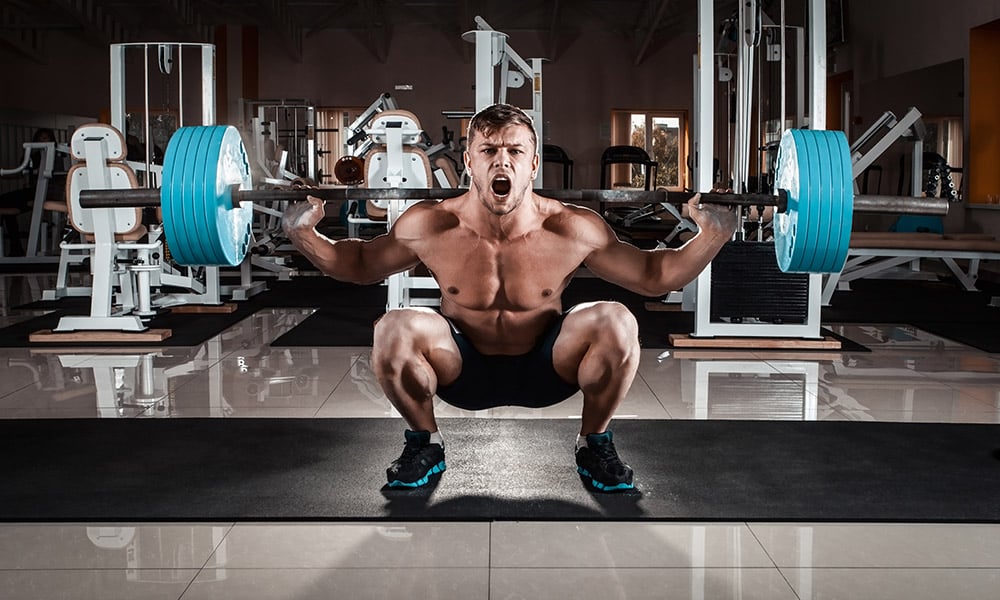
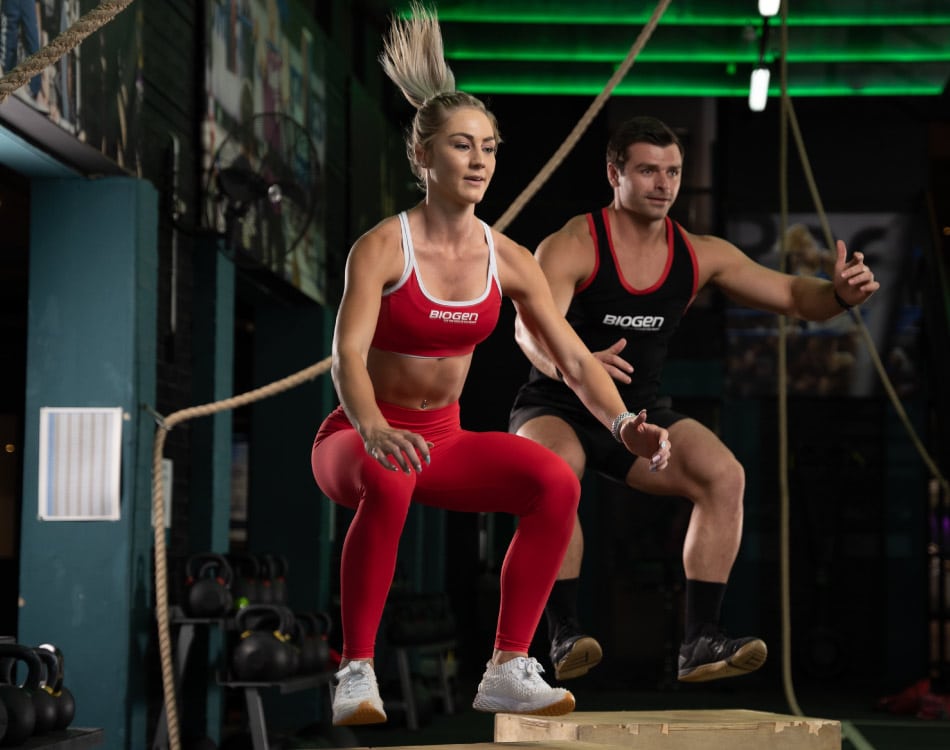

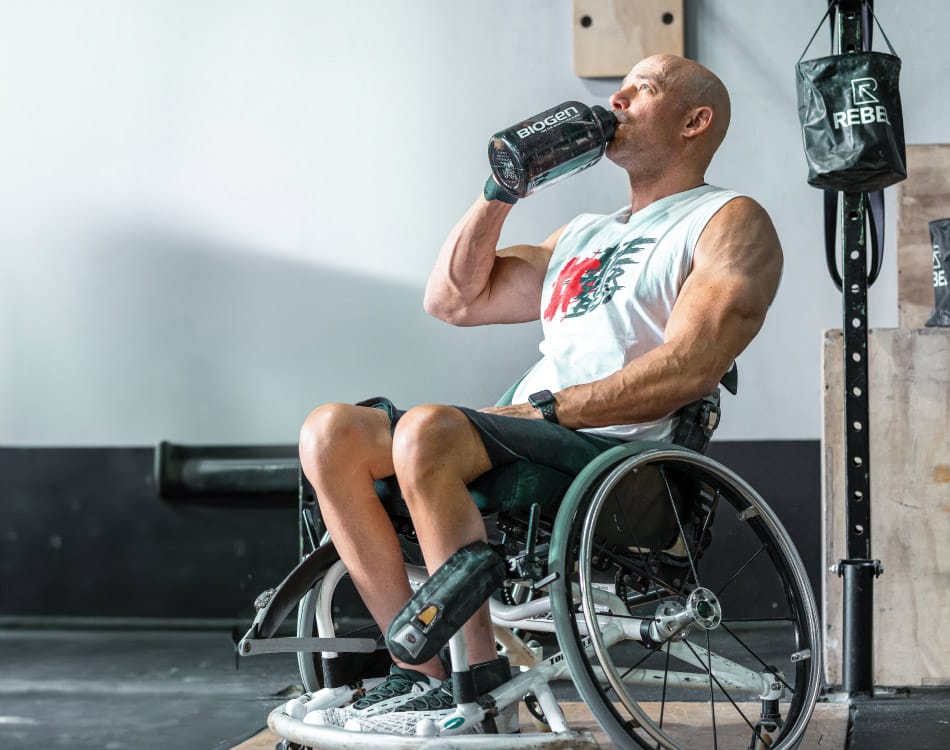
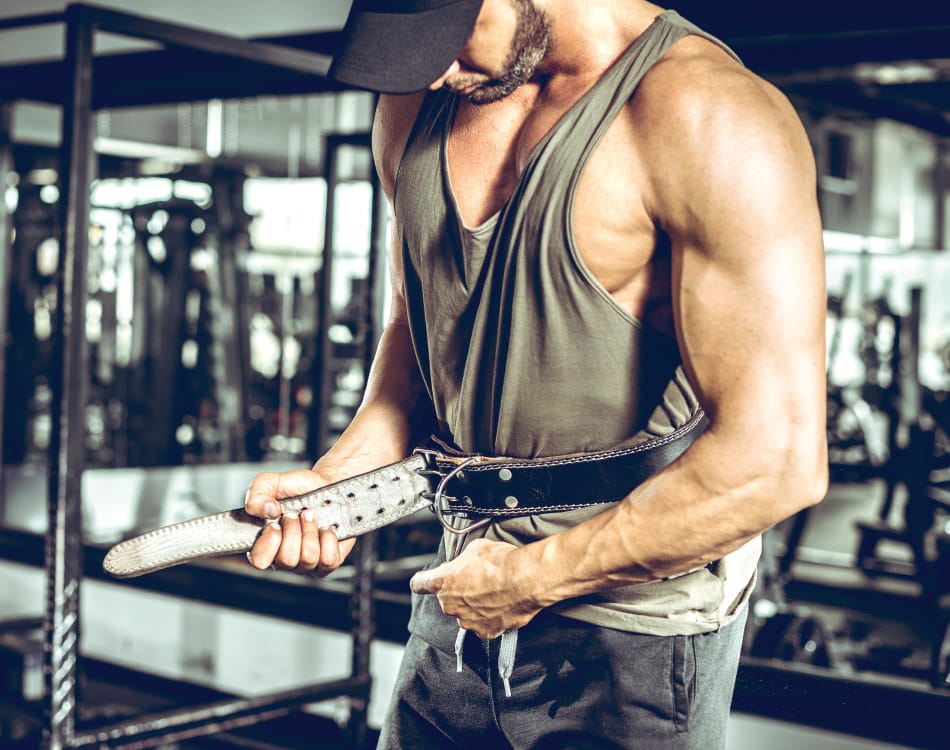
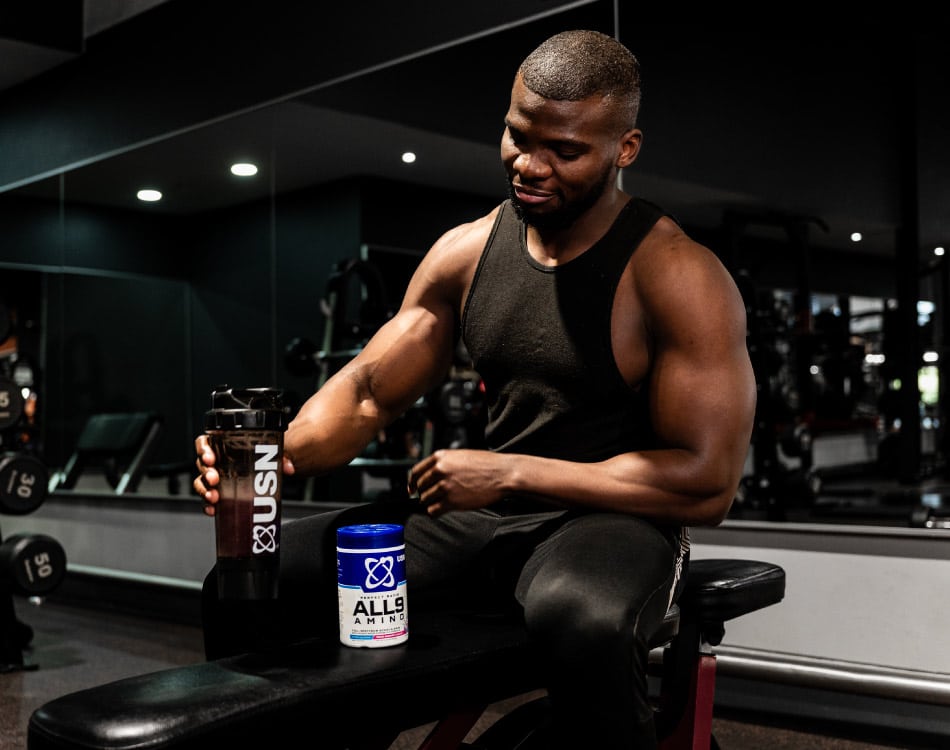

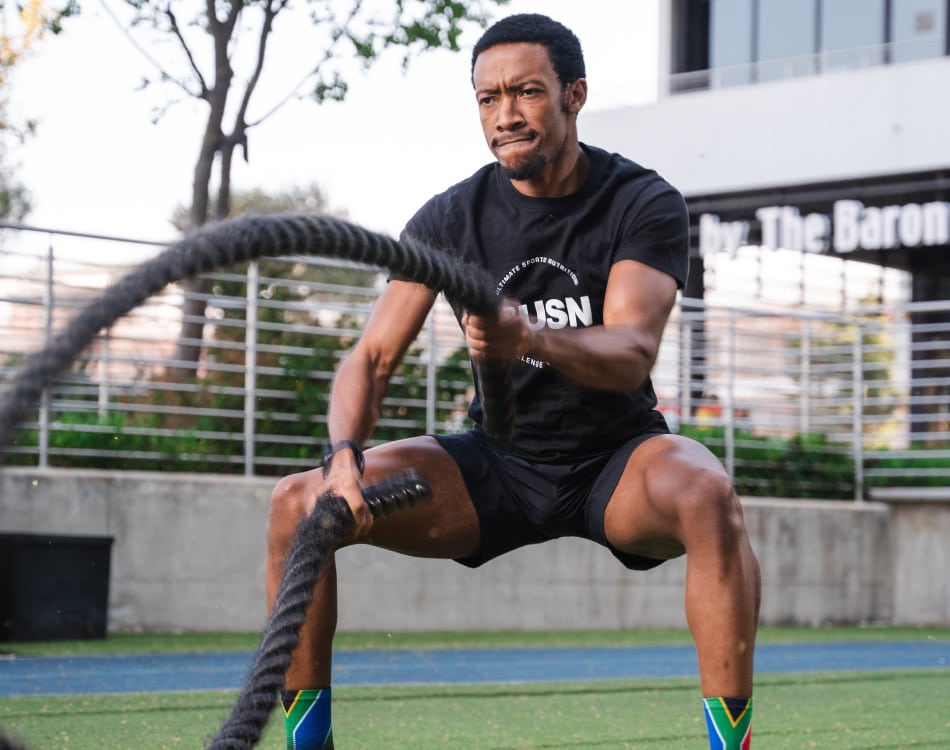
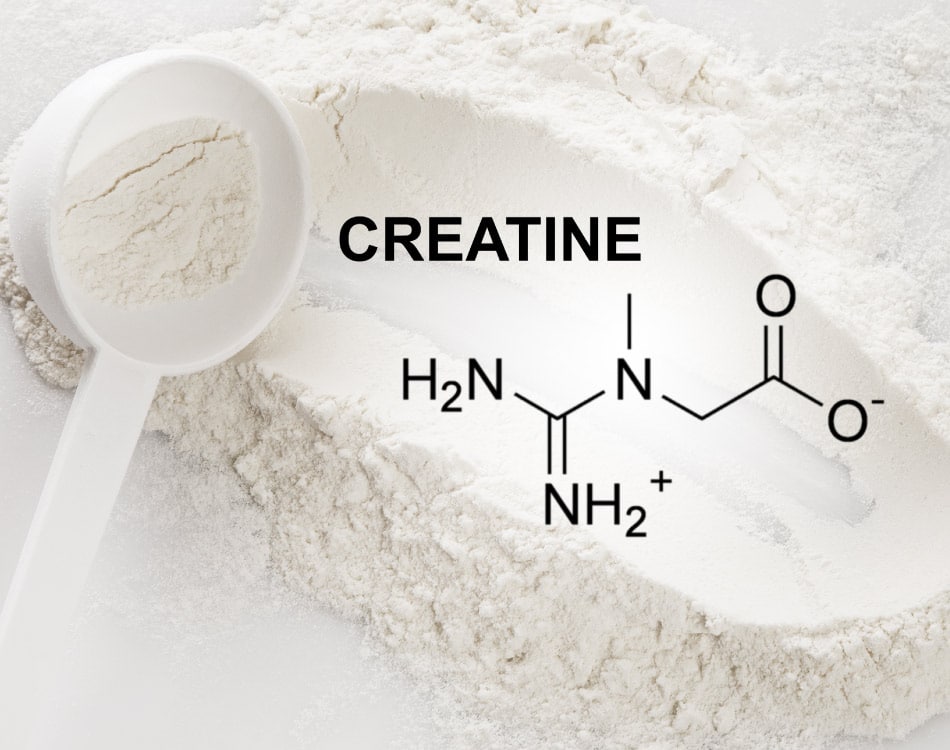
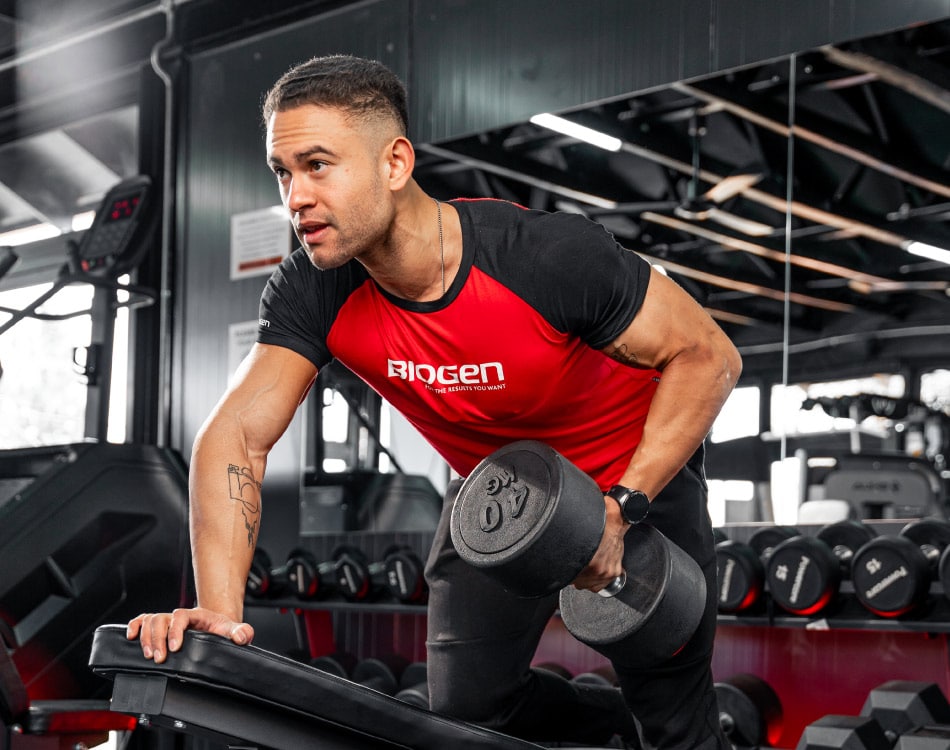






Leave A Comment